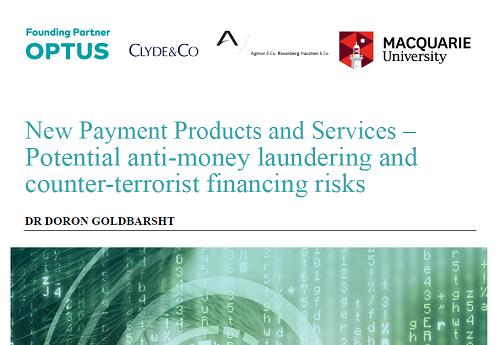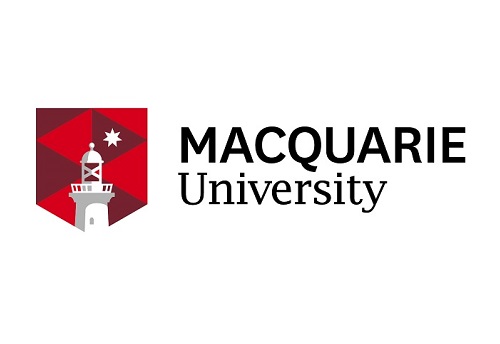Whitepapers
New Payment Products and Services – Potential anti-money laundering and counter-terrorist financing risks
New payment products and services (NPPSs) utilise innovations to initiate payments through, or to extend the reach of, traditional markets. They provide an alternative for clients to the products and services that are commonly offered by traditional regulated financial institutions, such as banks. Their development allows for increased access to financial services for a wider population, creating new markets. But NPPSs can also pose risks of money laundering (ML) and terrorist financing (TF) funds generation and transfer. This whitepaper identifies different types of NPPSs, explains how they operate, and identifies some of the anti-money laundering and counter-terrorist financing (AML/CTF) risks that are associated with each type.
WHY ARE NEW PAYMENT PRODUCTS AND SERVICES IMPORTANT IN THE REALM OF AML/CTF?
NPPSs are increasingly interconnected, not only between themselves but also with traditional payment methods. One of their greatest positive impacts has been the inclusion of individuals from developing countries in which basic financial services have not previously been sufficiently available. Simultaneously, however, methods of ML and TF have also evolved to circumvent legal protections in this area. Many NPPSs are anonymous by design, rendering them vulnerable to exploitation for ML/TF, particularly in jurisdictions with weaker AML/CTF laws. The further development of NPPSs requires monitoring, law reform, and enforcement, but in a way that does not stifle the benefits that these technologies bring.
HOW NEW PAYMENT PRODUCTS AND SERVICES WORK AND THEIR POTENTIAL AML/CTF RISKS
NPPSs both enhance existing financial services and create entirely new ones. They may be used to co-mingle illicit cash with legitimate business takings, move illicit funds across borders, or conceal criminal proceeds and send them offshore.6 This section will focus particularly on prepaid cards, mobile payment services, internet-based payment services and virtual currencies, internet-based loans, and alternative remittance services. It will first describe the payment system and explain how it works, the entities that are involved, and their roles or activities. It will then detail the potential risks involved with each of the NPPSs.
Publisher's website.
SHARE:

About the Provider






